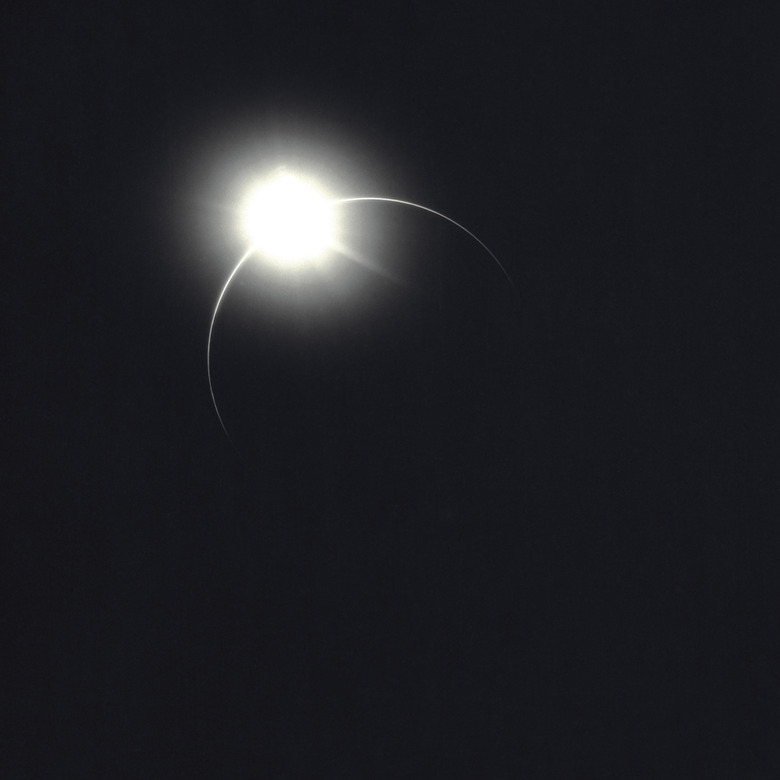In Ancient Greece What Shape Was The Earth Believed To Be?
The ancient Egyptians thought the Earth was a cube, but the ancient Greeks were sure that it was a sphere. Greek mathematicians, astrologers and philosophers had a number of scientific theories to support their idea that the world is round.
Greek Scientific Observations
Greek Scientific Observations
Observing lunar eclipses played a role in ancient Greek beliefs about the shape of the Earth. They deduced that it must be a sphere from the shape of Earth's shadow on the moon during an eclipse. In addition, while watching ships sail off and disappear over the horizon, they noted that the sails disappeared last and appeared first when the ship returned. This would happen only if the surface of the Earth was curved. Variations in the height of the sun and stars according to latitude also suggested curvature. If the Earth were flat, the height of both wouldn't change when you move north or south.
The Flat Earth
The Flat Earth
One reason that the ancient Greek knowledge of a spherical Earth was dismissed for some time, is that in the fifth century, a Christian monk called Cosmas Indicopleustes described a cube-shaped Earth that he believed was more in keeping with the Bible reference in Revelations 7:1 to the "four corners of the earth."
Cite This Article
MLA
McKenzie, Eleanor. "In Ancient Greece What Shape Was The Earth Believed To Be?" sciencing.com, https://www.sciencing.com/ancient-greece-shape-earth-believed-be-5630/. 24 April 2017.
APA
McKenzie, Eleanor. (2017, April 24). In Ancient Greece What Shape Was The Earth Believed To Be?. sciencing.com. Retrieved from https://www.sciencing.com/ancient-greece-shape-earth-believed-be-5630/
Chicago
McKenzie, Eleanor. In Ancient Greece What Shape Was The Earth Believed To Be? last modified August 30, 2022. https://www.sciencing.com/ancient-greece-shape-earth-believed-be-5630/
